Art Collectors
Shanghai-Based Collector David Chau on the State of the Chinese Art Market
The entrepreneur and collector reflects on his recent exhibition and sizes up the Chinese art scene.
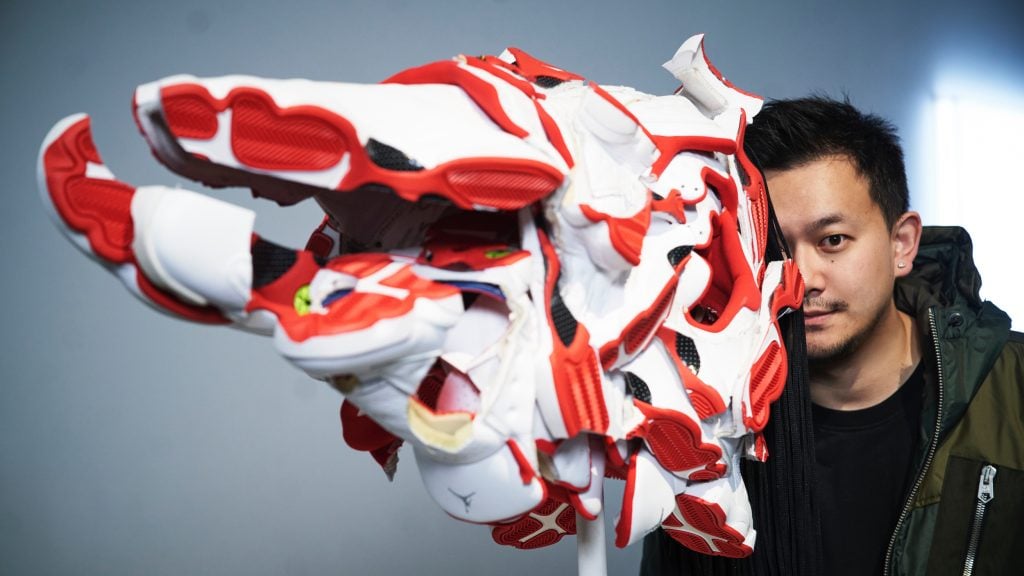
The entrepreneur and collector reflects on his recent exhibition and sizes up the Chinese art scene.

Cathy Fan

In the art world, David Chau is known for his multifaceted roles, which he views as “interconnected and complementary.” He’s the visionary behind the ART021 Shanghai 21 Contemporary Art Fair, widely regarded as the most influential in mainland China and the Immersive Art Gallery (IAG). His portfolio extends to other businesses, too, in which he is an investor. But of all his varied endeavors, it’s his role as art collector, a passion he embarked upon 20 years ago, that remains his most enduring.
In November 2023, during Shanghai Art Week, David Chau presented a large selection of art from his collection in the exhibition “Crossing the River by Feeling the Collectors.” The theme, derived from the Chinese expression “crossing the river by feeling the stones,” reflected Chau’s approach to navigating the art world without pre-existing guidelines.
The ambitious show, curated by artist Xu Zhen, became a sensation in the Chinese art world and sparked considerable buzz on social media. It featured a diverse range of works by over 90 artists from 24 countries and regions, spanning all five floors of the commercial complex C-PARK Haisu, and included an array of mediums, from painting to video. Chau said the show surpassed his expectations by attracting international dealers from the fairs, many of whom expressed surprise at the diversity and depth of the works on display. “Westerners got a sense that China could also have such different types of collections.”
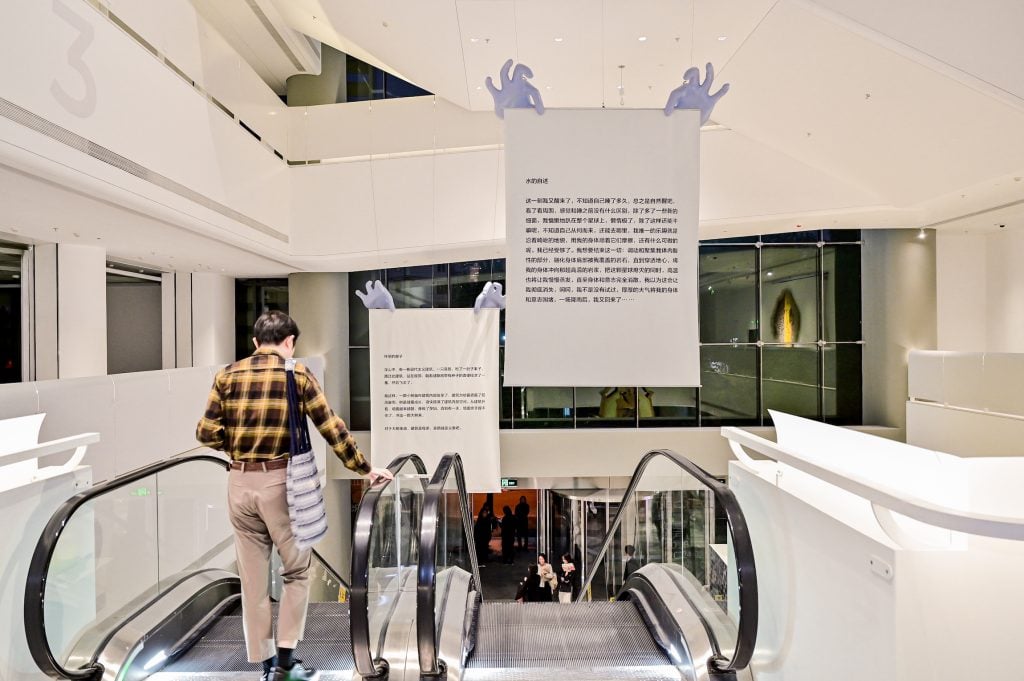
Artist Lu Pingyuan’s “Story” series at “Crossing the River by Feeling the Collectors.”
At the entrance of the exhibition, visitors were greeted by Los Angeles artist Lauren Halsey‘s mirrored installation Briccs. Further inside, from the first-floor lobby, one could look up to see enormous hands holding sheets of paper written with eerie depictions of ghosts and monsters or whimsical vignettes. These were part of Lu Pingyuan’s “Story” series.
The showcase wasn’t limited to conceptual installations. Among the pieces on display were rare floral paintings by Wu Dayu, considered the father of Chinese modern art. These were Chau’s first acquisitions from his college days. “At that time, China didn’t have an art market like today, and this work probably cost a few thousand dollars,” he recalled.
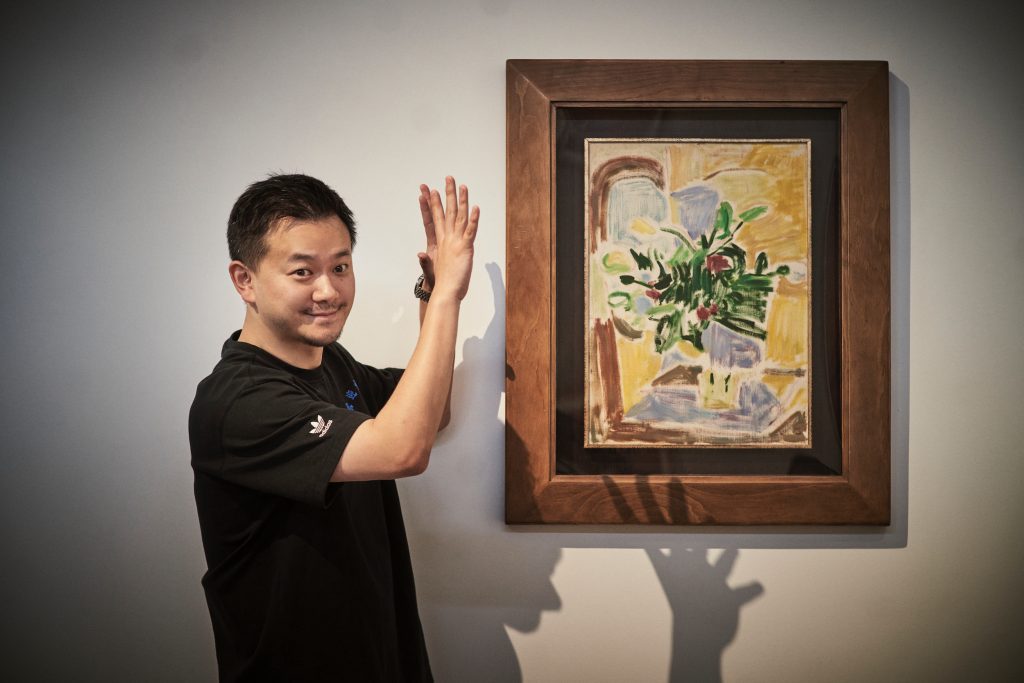
David Chau with his first piece, Colour Rhymes (1980s) by Wu Dayu. Courtesy of David Chau.
The backbone of the show is Chau’s own collection, held by his nonprofit Cc Foundation, which boasts nearly 1,000 artworks from 250 artists. It features works from the 1980s to the present, including diverse names like Christina Quarles, Adrián Villar Rojas, Huma Bhabha, and Cao Fei.
Founded in 2015, the foundation seeks “to explore perspective beyond the Euro-America-centric network, canon, and narrative,” said Chau, explaining he primarily focuses on emerging and mid-career artists, “especially those of color and women from the Pacific Rim and the Global South.” Still, the collection centers around contemporary Chinese art. “From my point of view, it’s a very international collection where one can see the ‘collision’ with global art, but it’s still about promoting Chinese contemporary art,” he said.
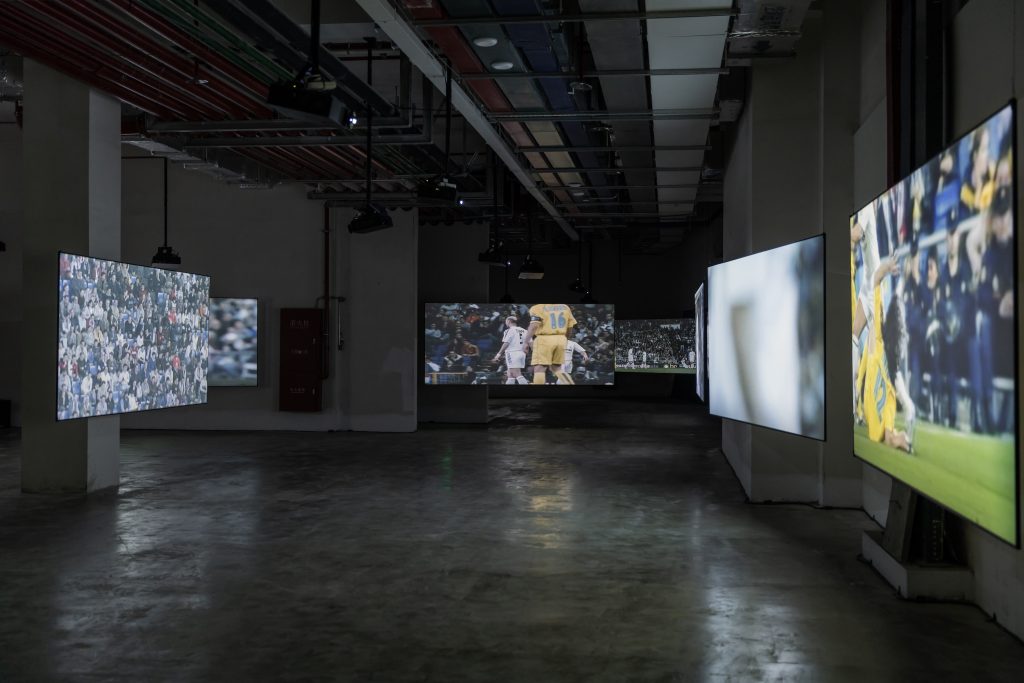
Douglas Gordon and Philippe Parreno, A 21st Century Portrait (2006).
His collection also mirrors his personal tastes and interests. Among the myriad of artworks in the exhibition, Chau singled out A 21st Century Portrait (2006) by Douglas Gordon and Philippe Parreno as a favorite, prominently displayed on the basement level. As a fervent soccer enthusiast and owner of a professional soccer team in China, Chau holds a particular fondness for the soccer legend Zinédine Zidane, who’s featured in the artwork. “It’s a piece that fits my personal identity perfectly,” Chau remarked.
Chau first encountered the work of video at a film festival in 2006 and was captivated enough to purchase it for $2 million, a price that set a record for a video work at the time. Chau described the acquisition as driven by passion rather than investment, a chance to own a piece of art that he had admired for years and which also holds significant art historical value.
In the past decade, paralleling the rise of art fairs founded by Chau, China has seen a boom in private art museums, raising questions about the future of private art collections like his. Although he didn’t reveal plans to found a museum, he’s “always collected according to the standards of international art museums or foundations,” he said. His focus extends beyond the immediate, aiming to establish standards for China’s art market. “Compared to the West, China’s art market is relatively young, only 20 years old, and still developing its own standards and value system. Currently, the predominant system in place is the auction market.”
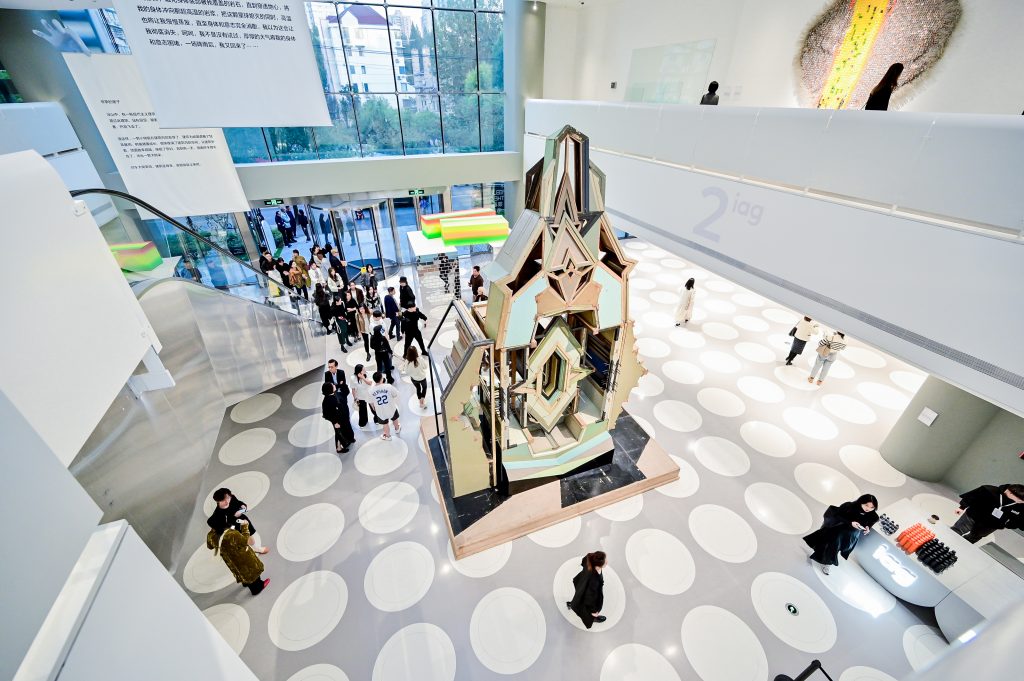
Installation view of “Crossing the River by Feeling the Collectors.”
Reflecting on the exhibition’s impact, Chau said the show met his expectations, attracting numerous visitors, including international dealers from the fairs, many of whom expressed surprise at the diversity and depth of the works on display. “Westerners got a sense that China could also have such different types of collections.”
Chau acknowledged the market’s influence on collectors and the various external factors at play, and expressed a hope for the future: “I aspire to contribute, both personally and collectively, towards establishing a set of standards unique to China’s art market, encompassing art museums and biennials. These standards should promote the development of contemporary art. Relying solely on the auction system is unstable and insufficient for the healthy growth of the art ecosystem.”
Chau saw 2023 as a pivotal year, marked by a transition from old to new. He noted a significant shift in the collecting landscape. While some, possibly influenced by the economic climate, have paused their purchasing, there’s a notable emergence of a new wave of collectors. Chau observed that these new collectors are steering away from chasing “fame” and are instead prioritizing personal preferences and in-depth research. “Many collectors are revisiting Chinese contemporary art,” he remarked, “and their approach towards Western art has evolved.”
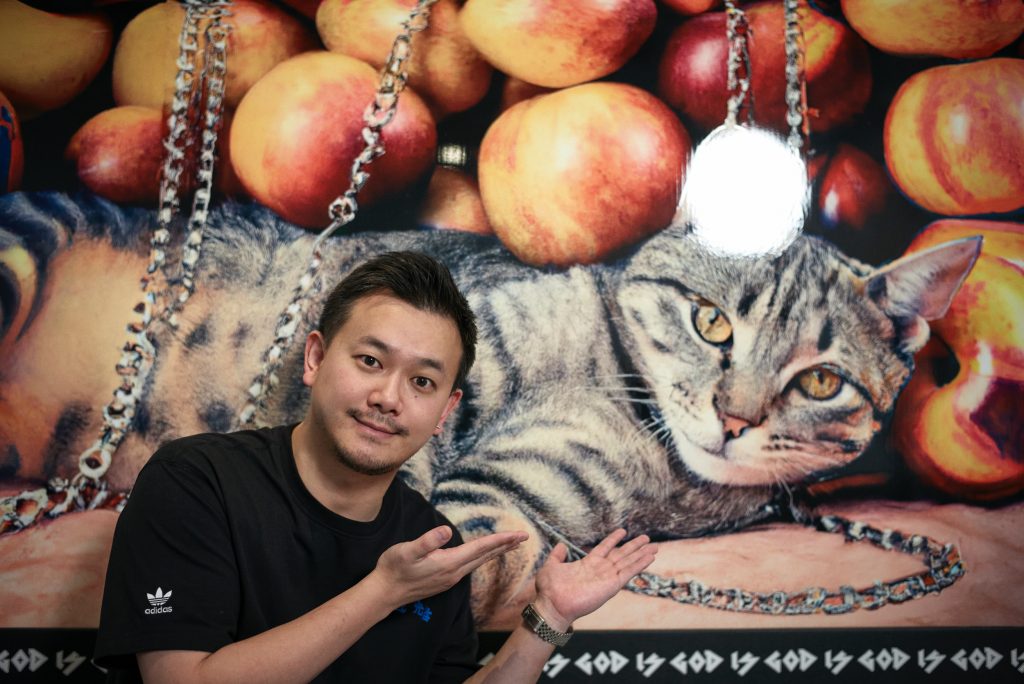
David Chau with Untitled, 2023 by Jordan Wolfson
This new generation of Chinese collectors demands greater authenticity and sincerity from Western dealers. “At auction nights, you see considerable spending by Chinese buyers on high-valued art,” Chau pointed out. “However, they are now more discerning, seek greater transparency, and are adept at learning and adapting. This necessitates a strategic shift for Western galleries catering to the Chinese market.“
More views of the exhibition “Crossing the River by Feeling the Collectors”:
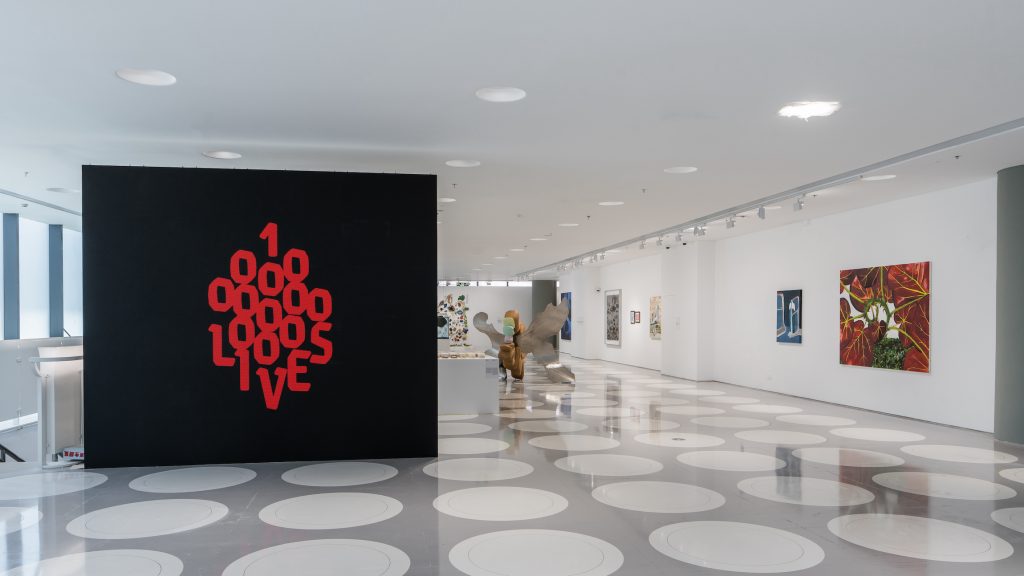
Installation view of “Crossing the River by Feeling the Collectors.”
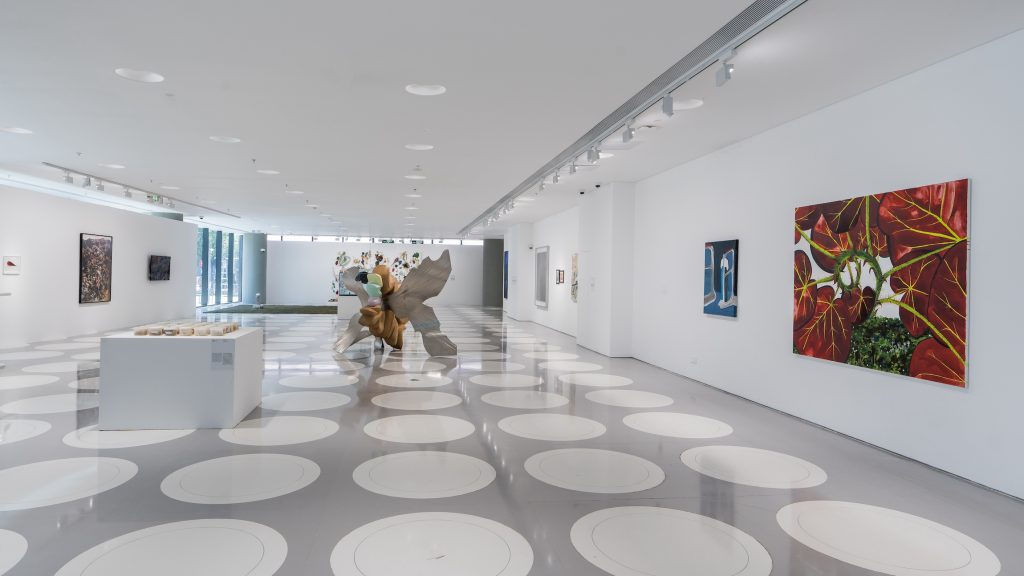
Installation view of “Crossing the River by Feeling the Collectors.”
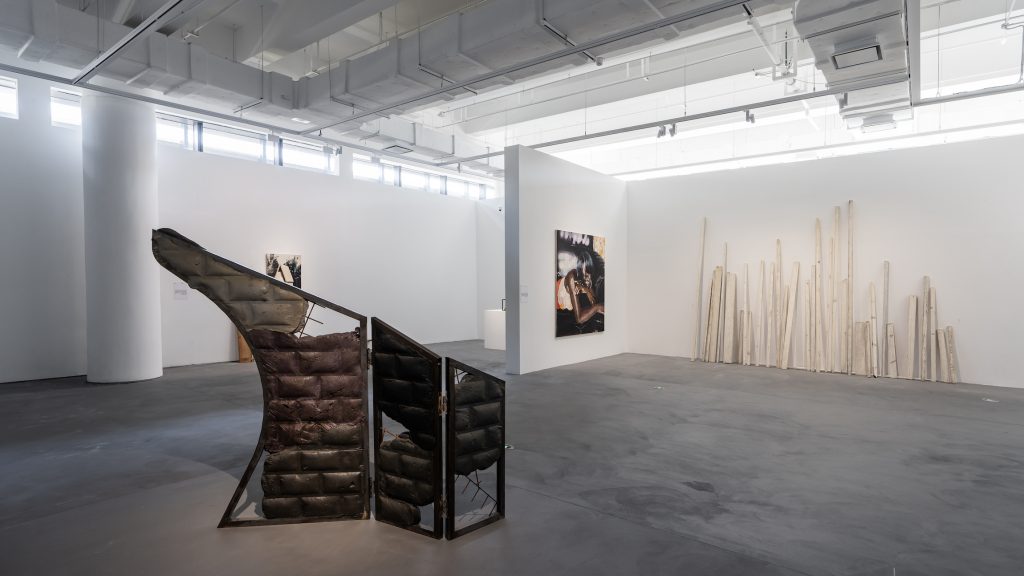
Installation view of “Crossing the River by Feeling the Collectors.”
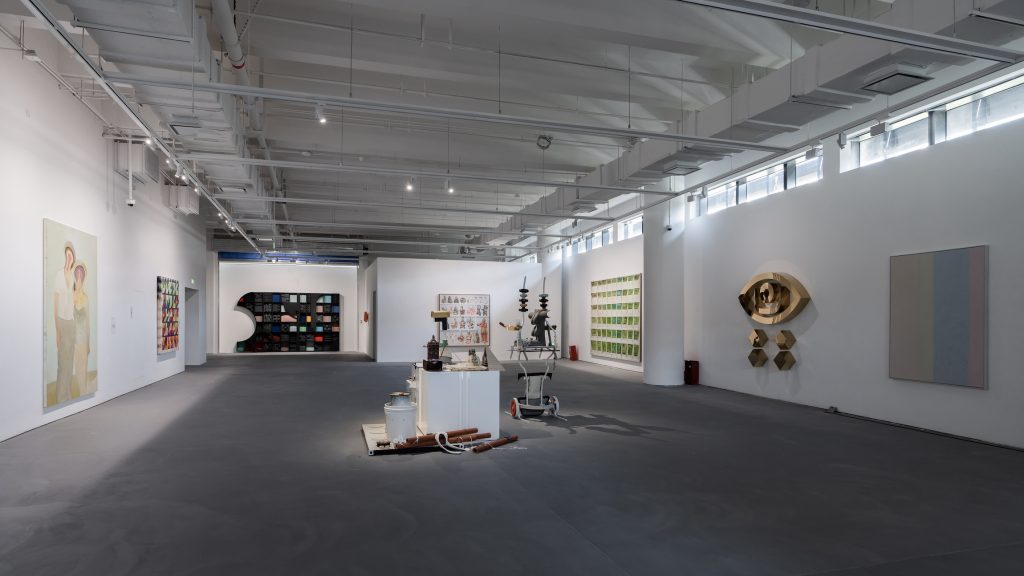
Installation view of “Crossing the River by Feeling the Collectors.”
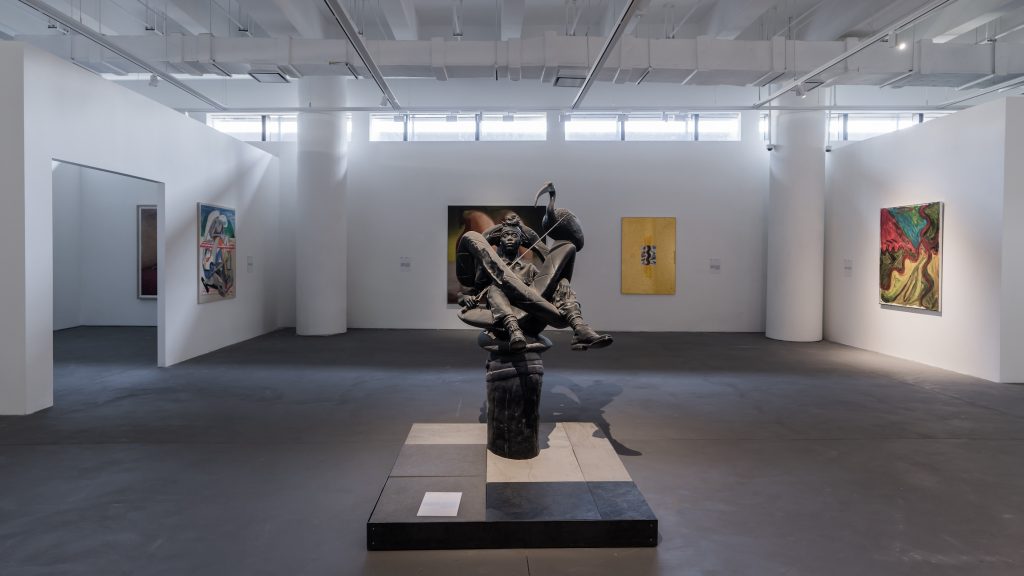
Installation view of “Crossing the River by Feeling the Collectors.”